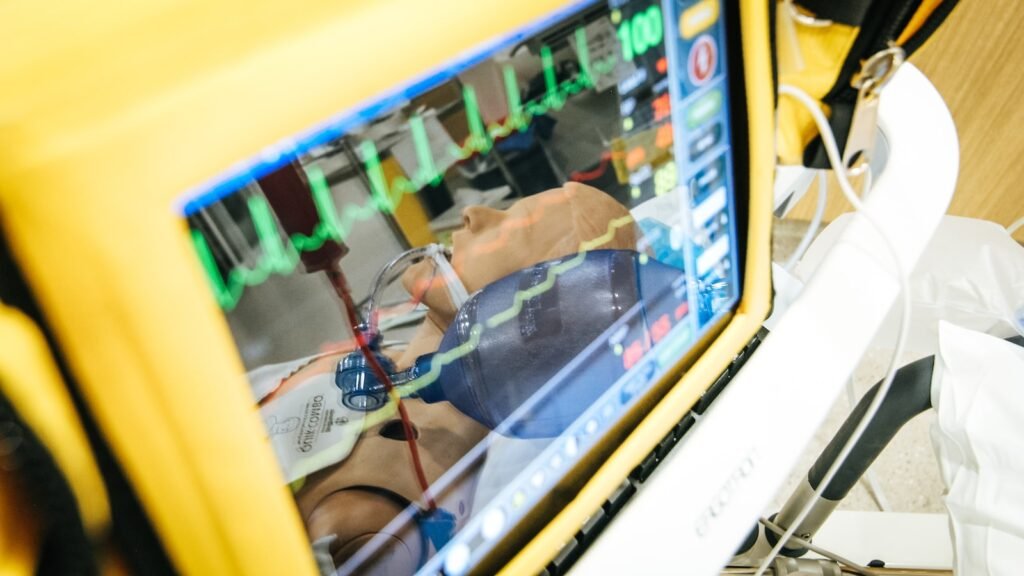Building a High-Range Pulse Induction Metal Detector with Large Search Coil for 300 Feet Deep Detection
Metal detecting enthusiasts and professionals often seek to explore the depths of the ground in search of hidden treasures or valuable artifacts. One of the most effective tools for this purpose is a pulse induction metal detector with a large search coil. Such detectors are known for their ability to reach impressive depths, often up to 300 feet or more. In this article, we will guide you through the process of building a high-range pulse induction metal detector with a large search coil, enabling you to achieve deep detection like never before.
1: Introduction to Pulse Induction Metal Detectors
Pulse induction metal detectors are widely recognized for their superior performance in deep detection. Unlike other types of metal detectors, pulse induction detectors do not rely on ground mineralization or conductivity for detection. Instead, they emit short bursts of magnetic pulses and measure the decay time of the magnetic field. This allows them to detect both ferrous and non-ferrous metals, regardless of the ground composition.
2: Components and Materials Needed for Construction
To build a high-range pulse induction metal detector, you will need several key components and materials. These include a microcontroller or Arduino board, a pulse generator, a power supply, a search coil, capacitors, resistors, diodes, and transistors. Additionally, you will need a circuit board, wires, soldering equipment, and a housing to protect the delicate electronics from environmental factors.
3: Selecting the Right Search Coil for Deep Detection
The search coil is a critical component of a pulse induction metal detector, as it determines the depth and range of detection. For deep detection of up to 300 feet, a large search coil is essential. The size of the coil directly affects the sensitivity and coverage area. Larger coils can detect deeper targets, but they may sacrifice some sensitivity to smaller objects. It is important to strike a balance and choose a coil size that suits your specific needs.
4: Understanding Pulse Induction Technology
Pulse induction technology is the backbone of high-range metal detectors. It works by sending short pulses of current through the search coil, creating a magnetic field. The magnetic field induces eddy currents in nearby metal objects, which in turn generate a secondary magnetic field. The detector measures the decay time of this secondary magnetic field to determine the presence and proximity of metal objects. This technology allows for excellent depth penetration and the ability to detect a wide range of metals.
5: Building the Circuit Board for Optimal Performance
The circuit board is a crucial aspect of the metal detector’s performance. It should be designed to minimize interference and noise while maximizing sensitivity. Follow the schematic diagram and carefully solder all the components onto the circuit board. Pay attention to the layout, ensuring that the components are properly spaced and connected. It is also essential to add proper shielding and grounding to minimize external interference.
6: Constructing the Large Search Coil for Deep Detection
Building a large search coil requires careful assembly and attention to detail. Determine the desired size of the coil and select the appropriate wire gauge. Wind the wire tightly around a circular or elliptical frame, ensuring that each turn is parallel and evenly spaced. Secure the wire ends and attach them to the coil leads. It is crucial to maintain a consistent distance between the windings to achieve optimal performance.
7: Assembling the Metal Detector Housing
To protect the delicate electronics, you need to assemble a housing for the metal detector. The housing should be sturdy, lightweight, and waterproof. Consider using materials such as ABS plastic or aluminum for the housing construction. Ensure proper sealing to prevent water or dust from entering the electronics. Allow sufficient space for the circuit board, power supply, and search coil connections within the housing.
8: Calibrating and Testing the Detector’s Sensitivity
Before using the metal detector, it is vital to calibrate and test its sensitivity. Adjust the pulse width, frequency, and gain settings to optimize detection capabilities. This can be done through the microcontroller or control panel, depending on the design. Test the detector’s sensitivity on various known metal objects at different depths to ensure accurate results. Calibrating the detector’s sensitivity will provide reliable detection performance.
9: Enhancing Range and Depth with Advanced Techniques
To further enhance the range and depth of your metal detector, consider implementing advanced techniques. These may include frequency hopping to reduce interference, using multiple search coils for different detection ranges, and employing signal processing algorithms to improve target identification. Experiment with different techniques and settings to find the optimal configuration for your specific detecting needs.
10: Troubleshooting Common Issues and Error Signals
Even with careful construction, metal detectors may encounter common issues and error signals. These can include false signals, inconsistent sensitivity, or poor target discrimination. Troubleshoot these issues by checking for loose connections, adjusting settings, or replacing faulty components. It is essential to consult the detector’s manual or seek expert advice if the issues persist.
Conclusion: Achieving Deep Detection of 300 Feet
Building a high-range pulse induction metal detector with a large search coil opens up new possibilities for deep detection. By carefully selecting the components, constructing the circuit board and search coil, and calibrating the detector’s sensitivity, you can achieve impressive depths up to 300 feet. Remember to prioritize safety precautions while operating the metal detector and troubleshoot any issues that may arise. With this advanced metal detector in your hands, you are well-equipped to embark on exciting treasure hunting adventures and uncover hidden treasures buried deep beneath the surface.

